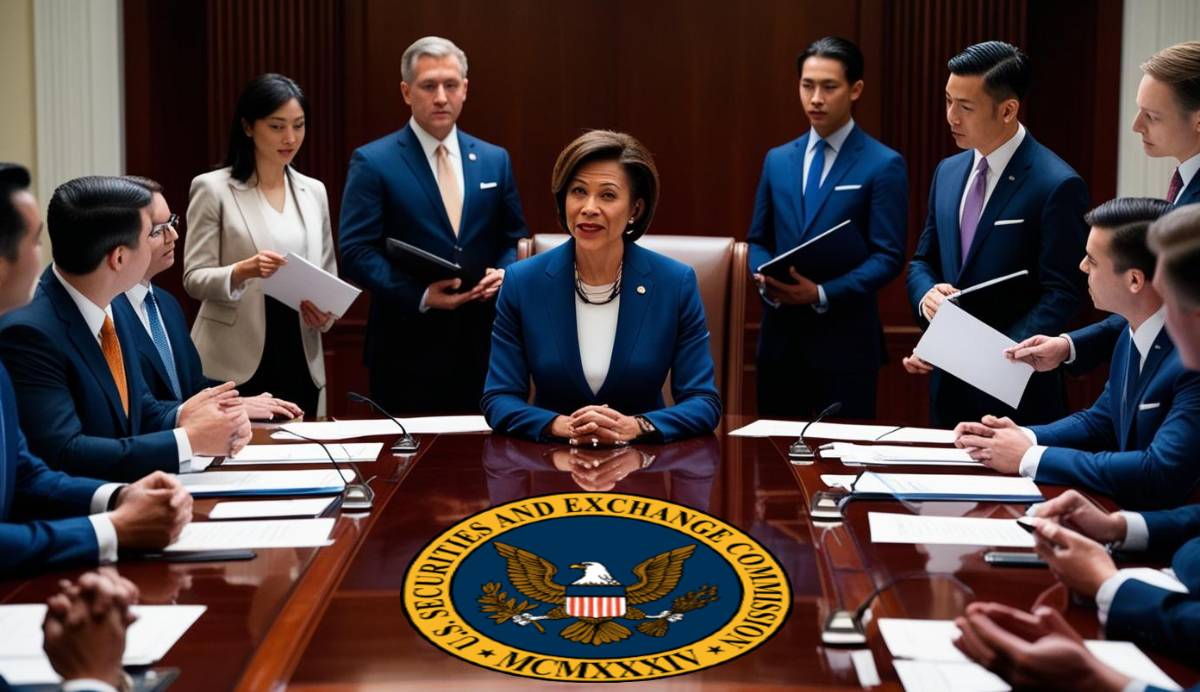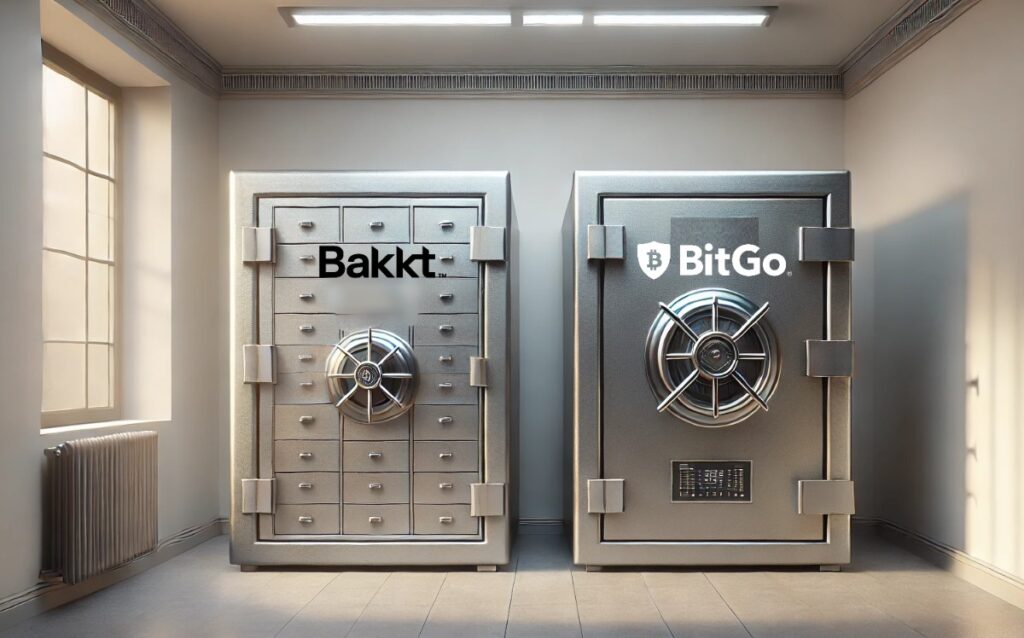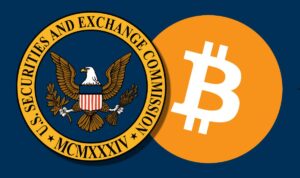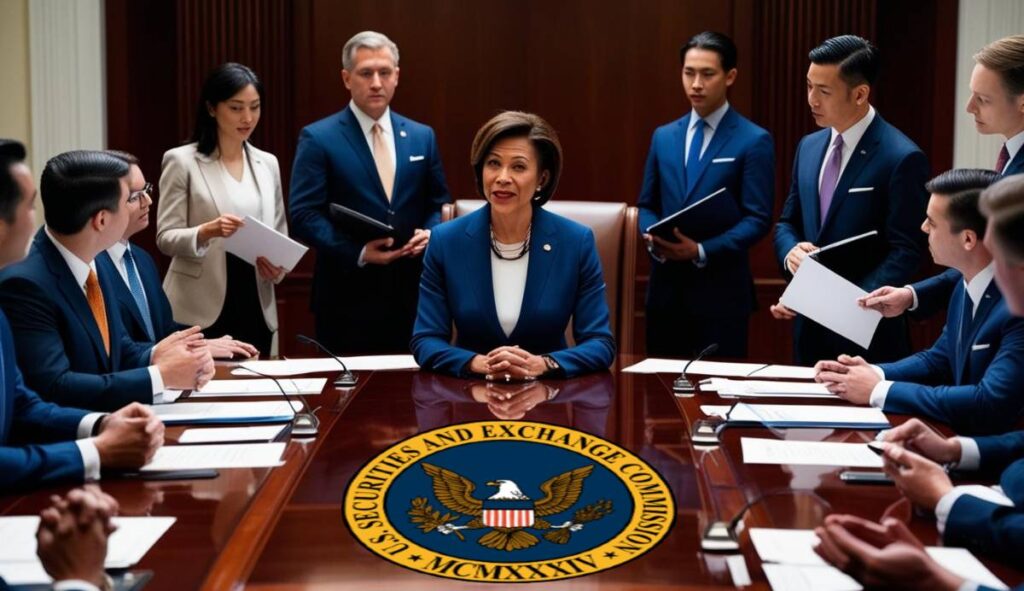At the SEC’s second Crypto Roundtable on April 11th, a consistent and urgent message emerged from industry participants: without clear regulatory pathways for when crypto tokens stop being securities, innovation will stall and talent will flee overseas.
Across a full day of discussion, almost every panelist stressed the need for the SEC to define how and when a crypto asset — initially sold as a security under investment contract standards — can transition into a non-security once a network decentralizes.
Without this so-called “exit ramp,” panelists warned, blockchain technology’s transformative potential in the United States for capital markets, consumer finance, and economic growth could be lost.
When Does a Token Stop Being a Security?
Under U.S. law, many crypto tokens are treated as securities at issuance based on the Howey test — the standard for defining an “investment contract.” However, a token that starts life tied to a development team may over time evolve into a decentralized network without any central management. This was the case for Ethereum in 2018, for example, but has been an ongoing issue for XRP.
Today, there remains no ‘formal’ SEC guidance or legislation explaining when or how a token’s legal status changes.
“Without that kind of clarity, I don’t understand how you can have something trade in the secondary market,” said Dave Lauer, CEO of Urvin Finance. “This is where our current structures from traditional finance really start to break down.”
Katherine Minarik, Chief Legal Officer at Uniswap Labs, says the current frameworkis fundamentally mismatched: “The use of ‘investment contract’ as the catch-all to capture crypto trading is not fit for purpose,” she said. “It might fit primary offerings, but it’s not appropriate for secondary market transactions.”
Why the “Exit Ramp” Matters for Innovation
The inability to move beyond the investment contract designation has chilling effects across the industry.
“You can’t attract institutional investors, you can’t list tokens on U.S. venues, you can’t create liquid markets — you’re stuck,” said Austin Reid of FalconX. “Without regulatory clarity, U.S. entrepreneurs and investors are at a competitive disadvantage compared to markets in Europe and Asia.”
Several speakers at the SEC round table emphasized that the current uncertainty actively discourages innovation, with talented founders reluctant to launch new decentralized networks in the U.S.
“If we get clarity,” Reid continued, “you would see large U.S. technology companies and more Web 2.0 entrepreneurs move into this space. Without it, we’re stuck on the sidelines.”
Gregory Tusar, Vice President, Institutional Product for Coinbase, agreed that the lack of a formal exit pathway was stifling development: “We’re not asking for a free-for-all. We’re asking for structured pathways that allow decentralized networks to flourish under proper oversight.”
Proposed Solutions: Clear Frameworks and Disclosure Rules
Rather than calling for deregulation, participants called for smart, flexible rulemaking.
Several cited Commissioner Hester Peirce’s long-proposed “Safe Harbor” framework (Rule 195), which would allow token projects a grace period to decentralize, provided they offer investor disclosures and meet decentralization benchmarks.
Chelsea Pizzola of Cumberland described Peirce’s Safe Harbor as a “very reasonable place to start”: “It provides disclosures at launch and clear metrics for when a network becomes sufficiently decentralized,” she said. “That way investors know what they’re buying, and projects know what goalposts they have to meet.”
Others, like Richard Johnson of Texture Capital, proposed adapting traditional structures like Regulation A+, which allow for limited public offerings with lighter disclosures, as a transitional framework. “Maybe it doesn’t matter as much if it’s a security to start,” Johnson said. “If there’s a clear registration and exit process, that could unlock a lot of potential.”
A Consensus: Action Needed, With or Without Congress
While many speakers expressed hope that Congressional legislation could eventually solve the broader crypto taxonomy problem (clarifying when assets are securities, commodities, or something else), they urged the SEC to act independently in the meantime given the apparent gridlock in Congress and the potential for long legislative delays.
“I wouldn’t wait for legislation,” Pizzola urged. “The SEC can and should provide guidance now.” Dave Lauer echoed that urgency, noting that without SEC action, offshore markets will continue to dominate crypto innovation: “We need to pull more of this trading into the U.S. and into the regulated environment in a way that doesn’t stamp down innovation. There are clear steps the SEC can take right now.”
The Stakes: U.S. Competitiveness in the Next Financial Era
Panelists repeatedly stressed that the issue is bigger than individual projects — it’s about America’s role in the future of finance.
“The United States should be the place where blockchain innovation is happening,” said Tusar. “If we fail to create a viable regulatory path for decentralized technologies, other jurisdictions will capture that growth.”
Several noted that stablecoins — arguably the most successful tokenization use case so far — have shown how powerful decentralized financial tools can be when clear, usable structures are available. Reid summarized the stakes plainly:
“If we can’t offer legal certainty, we won’t just lose entrepreneurs — we’ll lose the next generation of internet infrastructure.”
The SEC will continue its public engagement with upcoming roundtables on custody, tokenization, and decentralized finance (DeFi) in coming weeks.
But after the second crypto roundtable, one thing is clear: the industry has spoken with a unified voice, and it is demanding clear exit pathways — before America’s window of opportunity closes.







